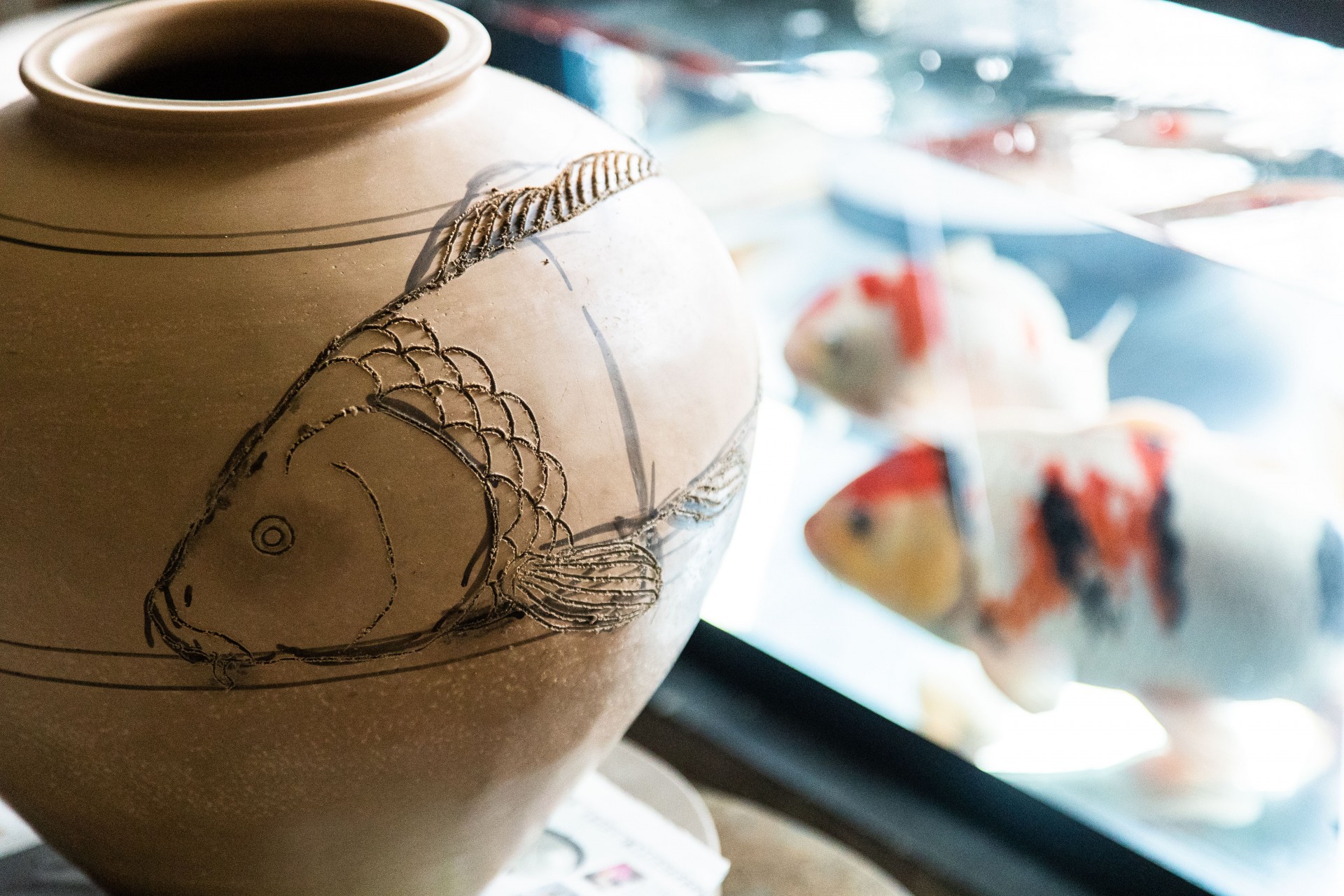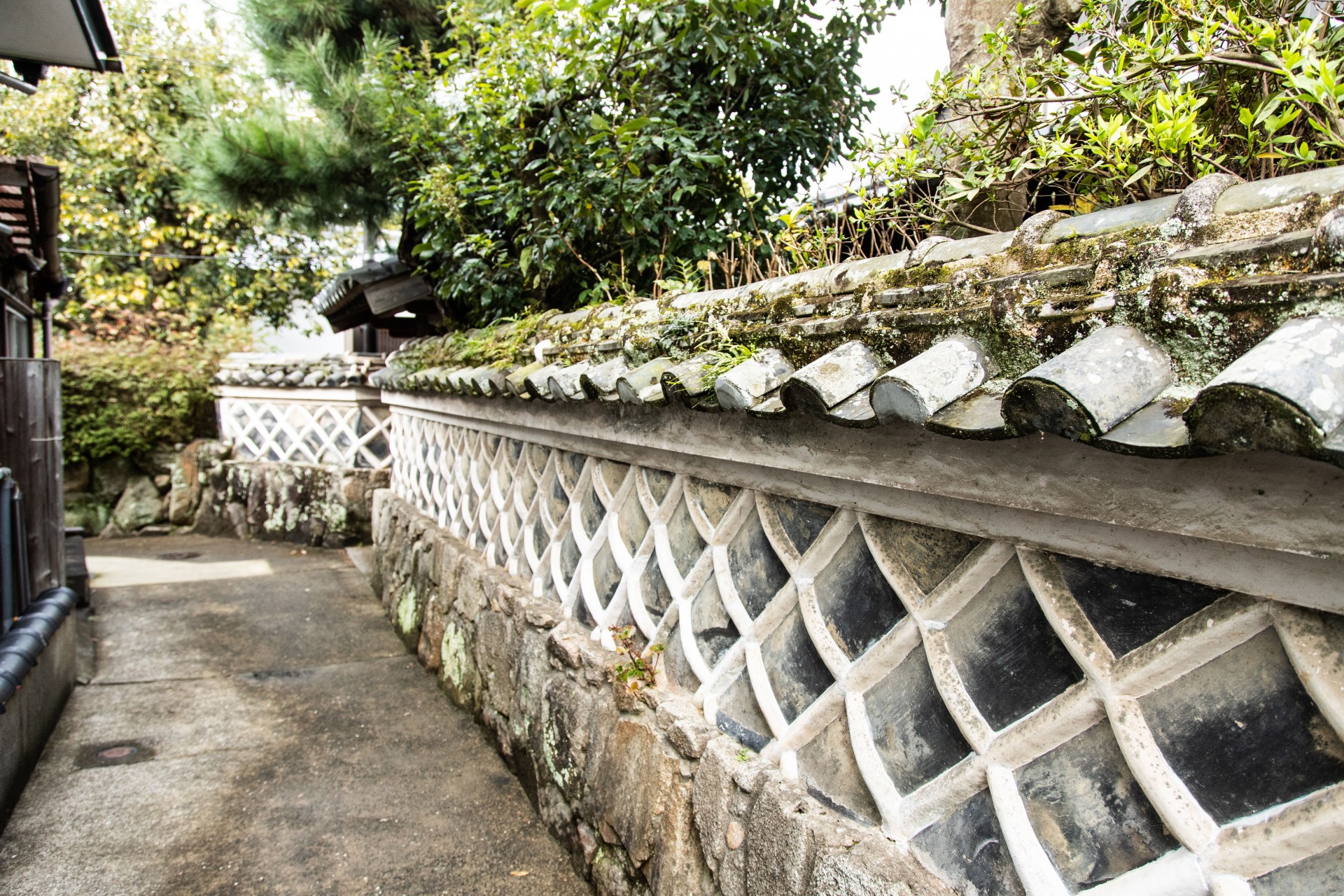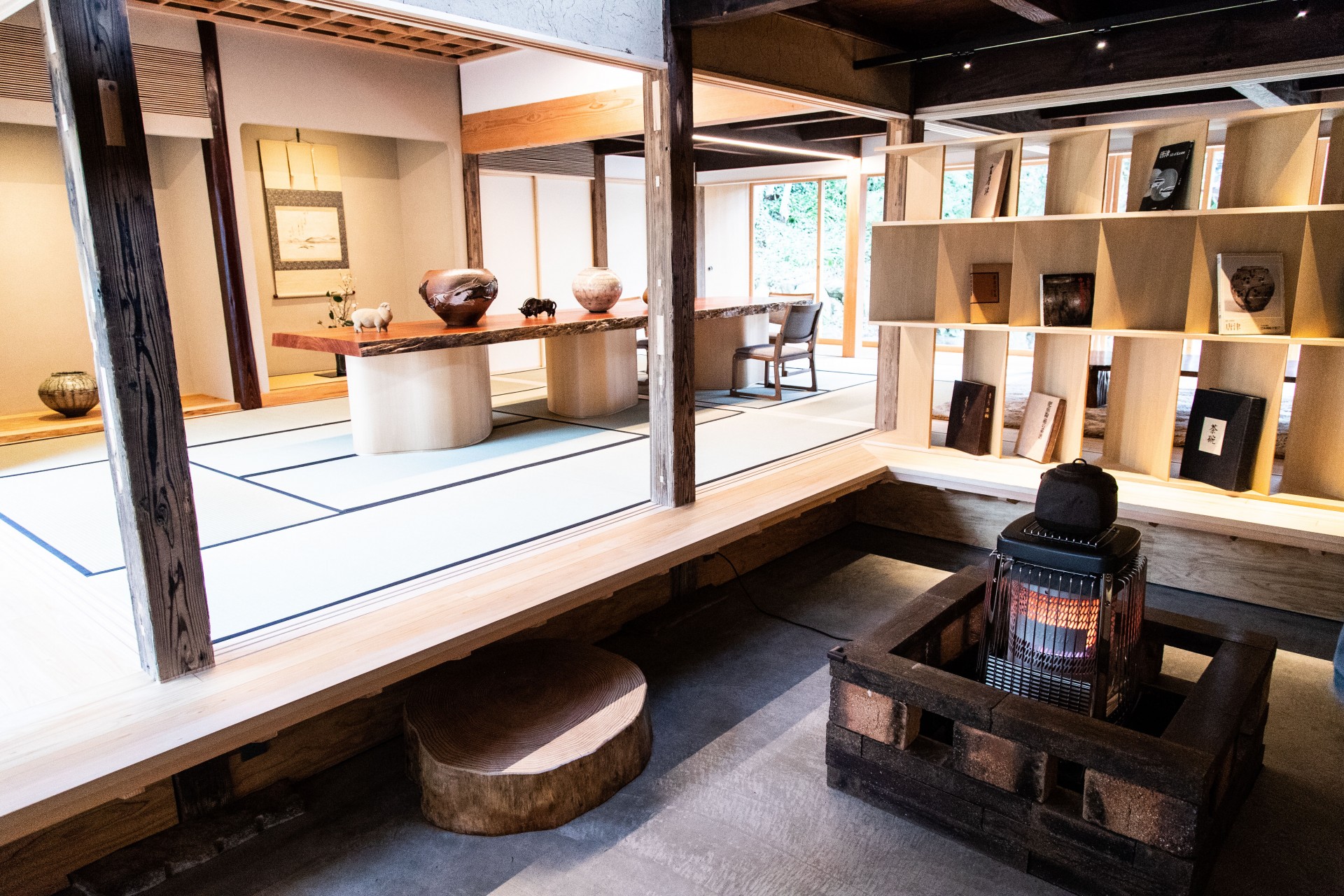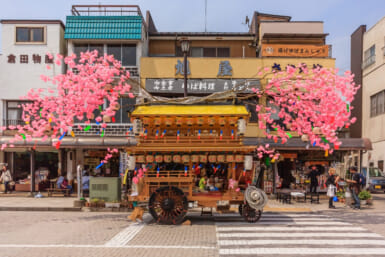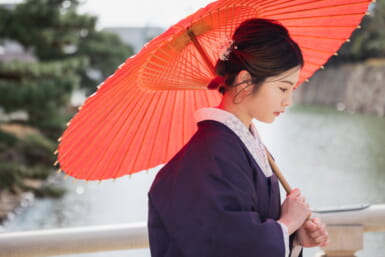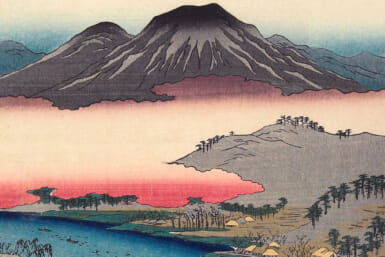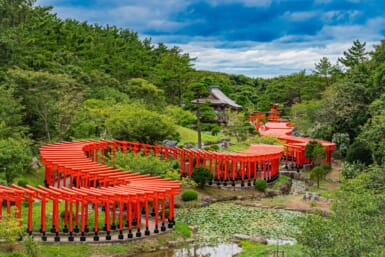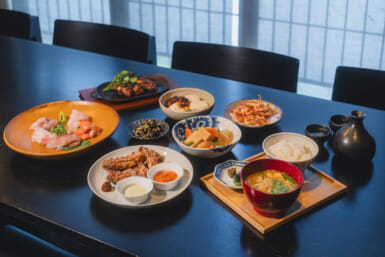Saga’s charming coastal city of Karatsu is only two trains — with amazing views of Karatsu Bay along the way — and a 1.5-hour trip from Fukuoka’s JR Tenjin Station. Often overshadowed by Arita and Imari cities when it comes to ceramics, Karatsu stands out in other ways.
Kith and Kilns
Kyushu’s long history of foreign trade over the centuries is to thank for the region’s diverse ceramic culture. Every prefecture is home to one or more distinct varieties of earthenware; Hasamiyaki in Nagasaki and Ontayaki in Oita are just two of many options. Alongside Arita and Imari, Karatsu figures as part of what is often cited as Kyushu’s “pottery trifecta.”
Karatsu ware is characterized by its earthy yet soft colors, round edges and classic patterns. Its rustic elements are perhaps more attractive to those who find themselves drawn to cottage or country farm-style interior design. For an overview of classic Karatsu ware, head to Ichibankan, a specialty store located a few streets north of Karatsu Station. Ichibankan showcases the work of numerous Karatsu-based artists and also displays a more modern selection on its second floor. It collaborates closely with Nakazato Toroemon Kiln, an institution said to be most representative of Karatsu ware.
Travelers can also visit Nakazato Toroemon Kiln to learn more about how Karatsu ware is made. The family-run business is managed by a 14th-generation artisan.
Diving deeper into local culture and art, fans of Japanese architecture should visit the Former Takatori Residence. The home is made up of two buildings, one with distinctly Japanese features and the other inspired by Western trends at the time. It was the residence of Koreyoshi Takatori, a coal baron during the Meiji Period (1868–1912). Wander the halls to see beautifully decorated screen doors and a fully functional noh stage.
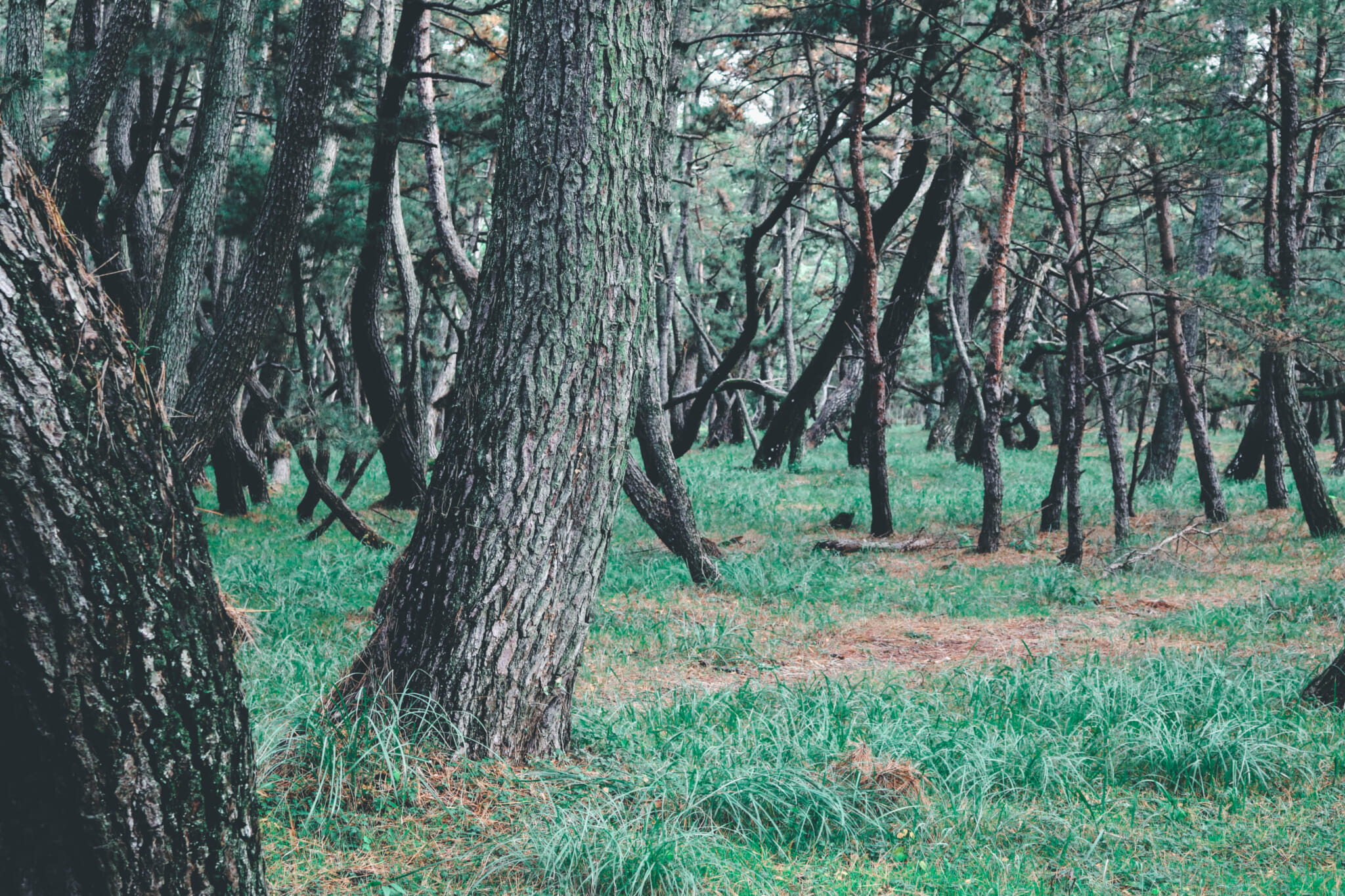
Pine After Pine
Karatsu Castle stands on the shores north of the city center. Nicknamed “Maizuru Castle” due to its similarity to the head of a dancing crane, it was built from materials collected during the dismantling of nearby Nagoya Castle. The castle is popular in spring and early summer for its cherry blossoms and wisteria. Though still under repair, a visit to Karatsu Castle will reveal the rich history of Karatsu in its small museum and gallery.
To the east of the castle and across Maizuru Bridge, you’ll find one of the city’s most fascinating places: Niji no Matsubara. This over 210-hectare pine grove extends along the shore of Karatsu Bay. Local lore says that Terazawa Hirotaka, the daimyo who commissioned the construction of Karatsu Castle, ordered the planting of hundreds of pine trees here to shield farm animals further inland from strong winds and tides. With its now one million-plus trees, Niji no Matsubara is considered one of the three most scenic pine groves in the country.
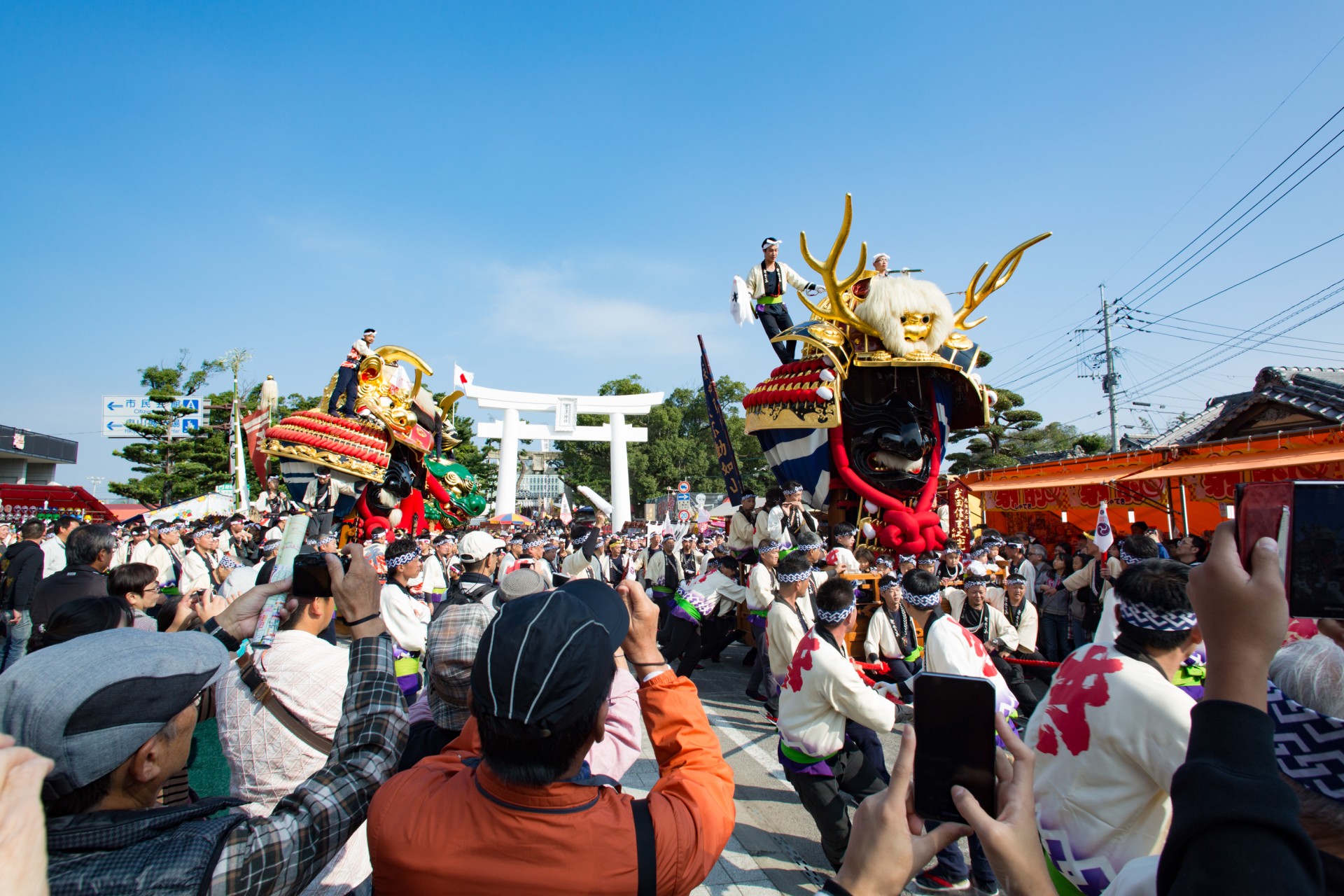
Float On
If you like to visit Japan’s many places of worship, Karatsu Shrine, founded in the 8th century, is a must-see. The most remarkable part of the shrine is its giant white torii gate. Time your trip right to attend the Kunchi Festival — a bucket-list-worthy activity. It is celebrated in early November to wish for a bountiful harvest, a tradition that dates back over 400 years.
The festival is distinguished by its floats, some of which are over 7 meters tall, boasting lacquerware accents and elaborate decorations. A single float can take up to three years to build. During the festival, the floats are dragged along the sandy shore of Nishinohama Beach and throughout Karatsu city. If you’re visiting Karatsu at any other time of year, fear not. You can still see the iconic floats in the flesh at the Hikiyama Exhibition Hall. Don’t let this one-room museum fool you: It’s crammed with information about the festival and each of the floats exhibited there.
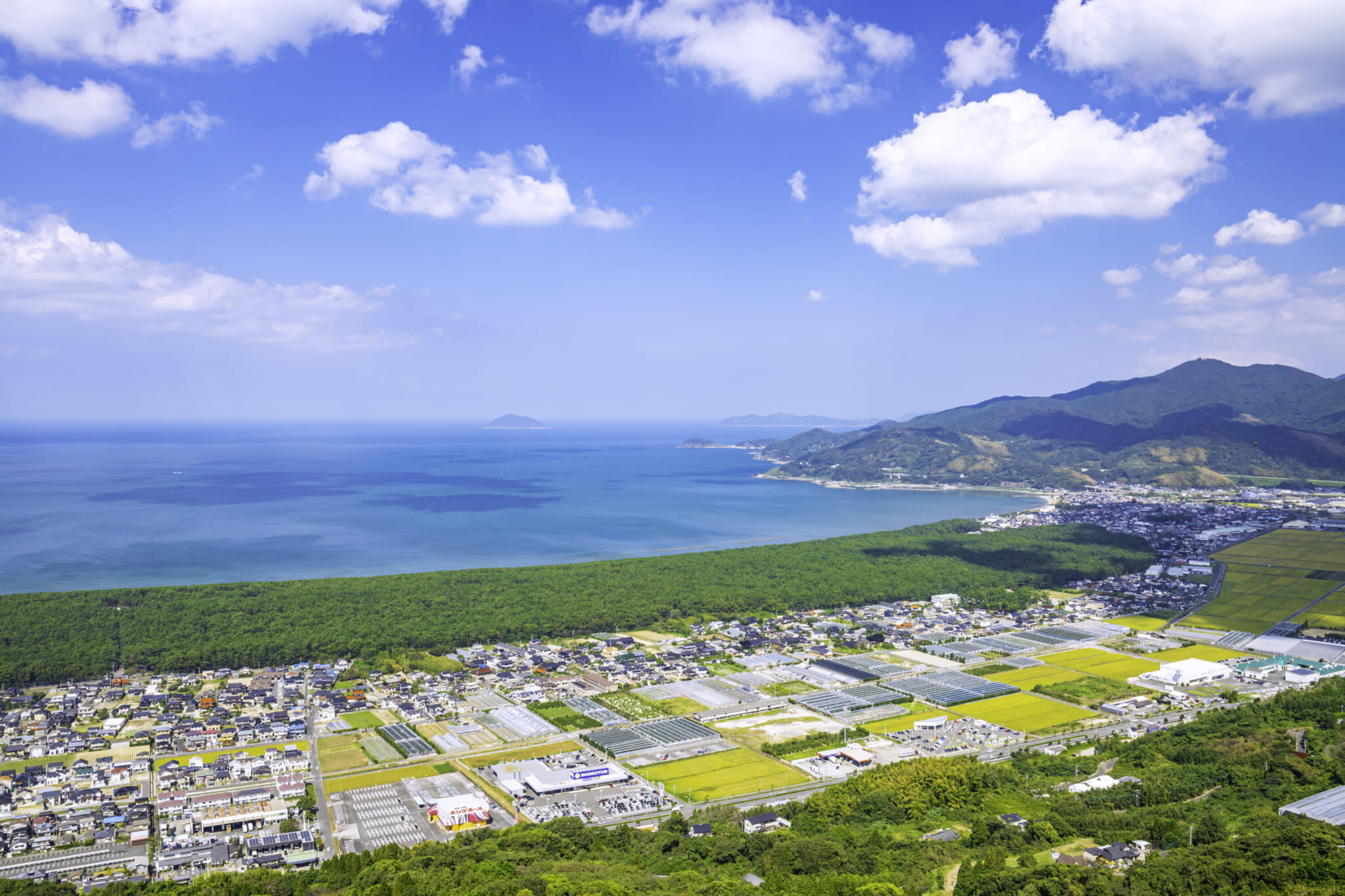
Ferry Cross the Genkai
If time allows and weather permits, consider a ferry ride to Takashima Island to visit Houtou Shrine, where many visitors go to wish for good fortune and a higher chance of winning the lottery. This tradition hails from the island’s previous inhabitants, who are said to have been pirates protecting the bay from suspicious vessels. The shrine is particularly picturesque in the fall when the ginkgo trees burst into crowns of bright yellow. Do be wary of the fences around the premises, as wild boars roam the island and have damaged shrine buildings and other facilities.

